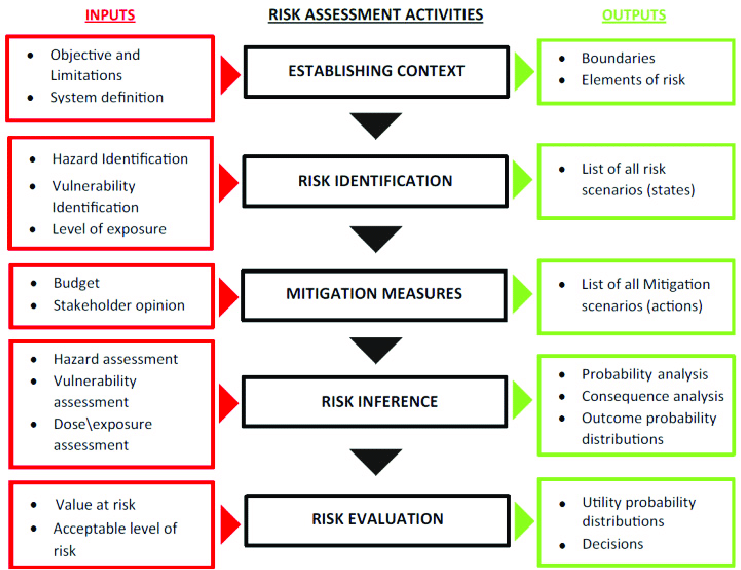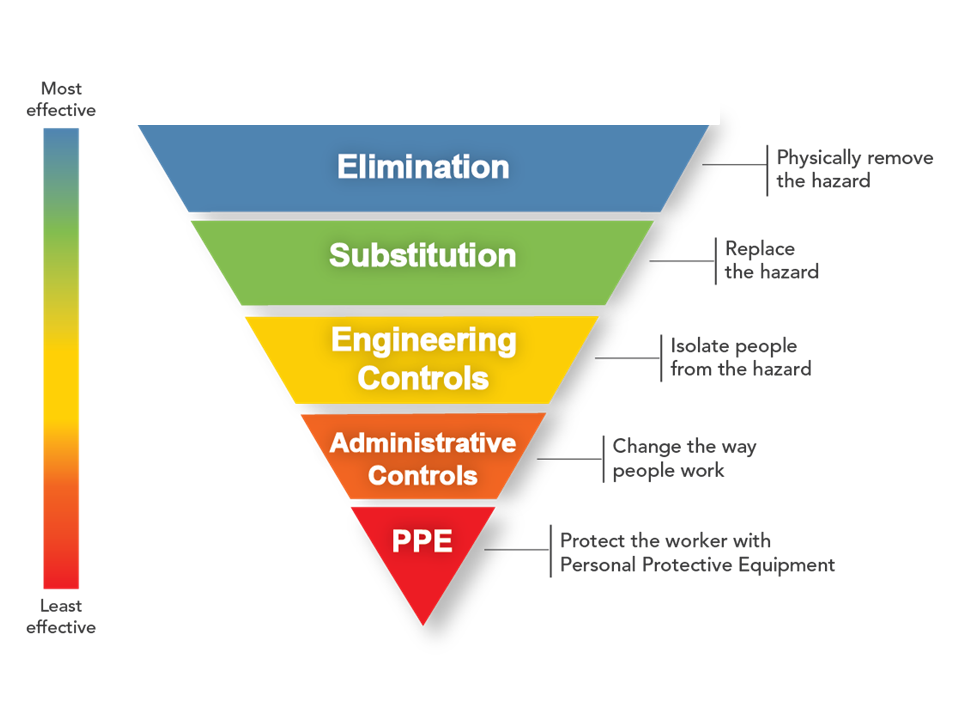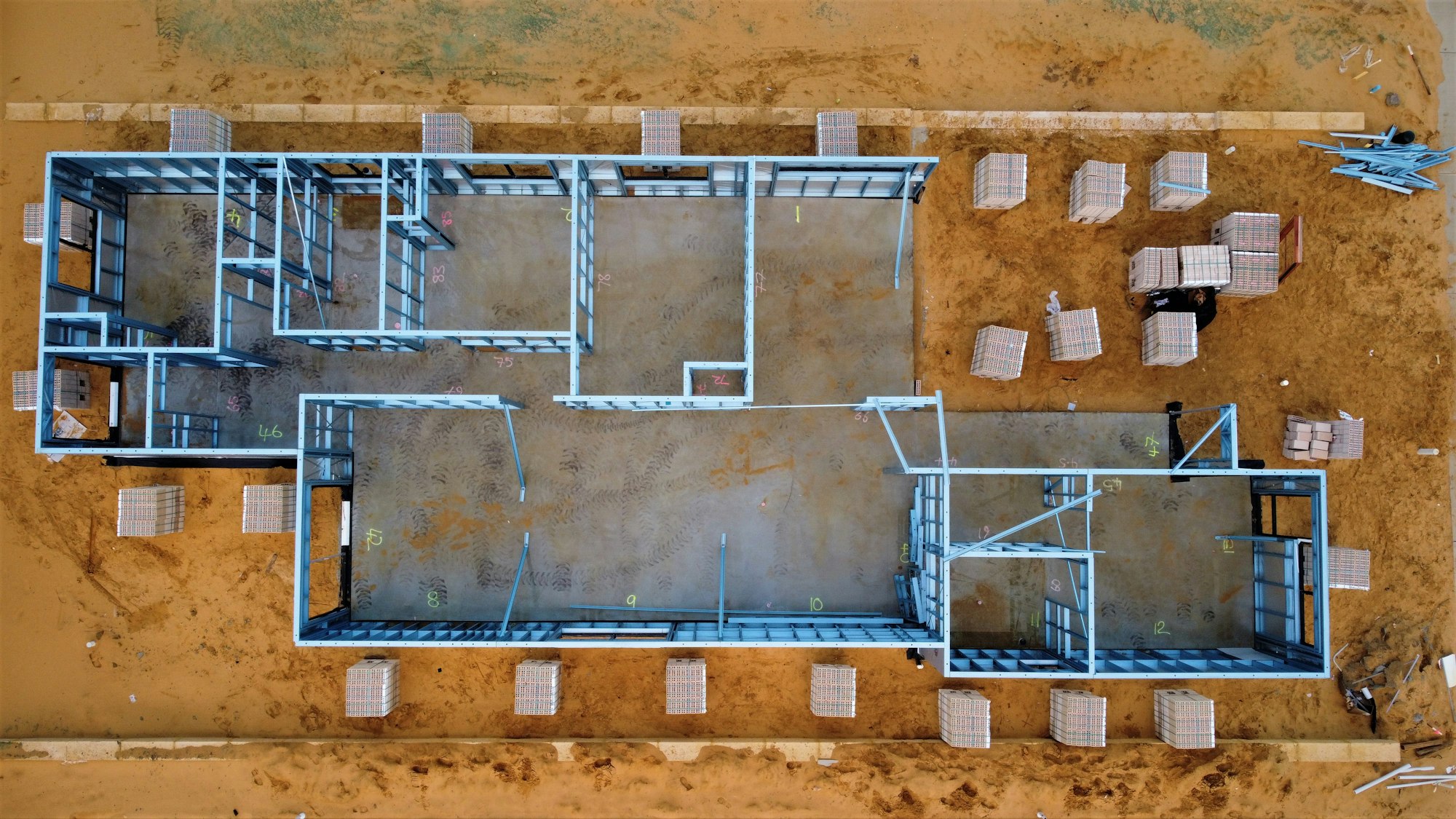You've come to the right place to learn all about residential construction and quality management. Before we forget, if someone forward you this newsletter, don't forget to subscribe to our newsletter to gain access to our resources and the occasional email update.
🤗 Howdy Readers
In this newsletter, you'll find:
📬️ Post 1 - Why Your Brand-New Home Could Still Flood (And How to avoid getting soaked)
Picture this: a brand-new four-bedroom home in a new development area, it used to be flat farmland that's within proximity to tributaries, built on compacted fill and even signed off on by the certifier—yet carpets are soaked through, and your local SES volunteers are hauling ass sopping floors out.
Here’s what’s really going wrong:
- Minimum slab heights don’t always measure up — even if a slab meets the basic elevation requirements, poorly designed drainage or subdivision layouts can channel water straight inside your new home.
- Inspections aren’t what they used to be—public council checks have largely been replaced by private certifiers hired by builders, not by you. That means the certifier's loyalty often lies with whoever’s paying their bill, not necessarily with what’s best for your home’s long-term quality or safety.
- Planning is falling short — it’s more about building fast and cheap, rather than smart and flood-proof, and that has left new homes vulnerable.
In this article we don't just point out problems—we provide you with simple actionable ideas for how you can help build a safer, more flood-resistant homes.
👉 Give it a click, have a read:

📬️ Post 2 - Why Housing Falls Apart When Disasters Hit (Even Before the Storm Arrives)
Ever wondered why some homes crumble into chaos the moment disaster strikes—even when the flood isn’t the main culprit?
In this post we kick off by looking beyond wind and rain and asking: what if the real failings started long before the first drop of rain fell?
Here’s what’s behind the trouble:
- Built-in weaknesses exposed: In 2024, a national symposium brought together experts from housing, emergency response, and homelessness support. What they concluded, in a 2025 report, is that disasters don’t create homelessness—they just reveal a housing system that’s already on shaky ground.
- Not just about physical damage: It isn’t only about walls collapsing or water creeping in. Often, the hardest hit are renters or folks already in insecure housing. They don’t always have insurance, rebuilding plans, or a safe place to return to. The failure is systemic, not accidental.
- A system that lets people slip through: When disaster hits, the cracks in our housing safety net turn into chasms. And those most vulnerable—people who were struggling before—are the ones who end up paying the biggest price.
Why this matters to you:
- If you’re renting, building, certifying, or advising—this article lays out what’s already broken in the system before the weather even changes.
- It’s packed with real insights and questions to ask—like, can your home withstand a crisis? And if it doesn’t, who gets left behind?
👉 Read the full article by clicking the link below:

🤔 Why Residential Design Needs Risk Control—Just Like Commercial Projects
In commercial construction, it's standard to use a Design Risk Assessment (an example process is shown in the image below)—a process where designers consider everything from site conditions and structural choices to maintenance and safety, using a well-established hierarchy (eliminate, reduce, engineer, inform) to manage risks early on.
But in residential construction, this approach is too often missing. We end up ticking the minimum compliance box, signing off, and calling it a day.
Then, when storm season hits or insurers check the fine print, you're left scrambling—often denied coverage because the underlying risk wasn’t properly addressed - it was no ones fault (apparently) but yours to resolve.
When the SES shows up with sandbags and bilge pumps, that's just like controlling safety risk using only PPE—the least effective level of safety hierarchy risk control, and the very last line of defence. Wouldn’t it make sense to design that flood risk out in the first place?
That might seem quick and easy—but here’s where it backfires: when your home is done and you're trying to get home and contents insurance, insurers may decline coverage if they see risks that were never properly addressed in the design.
Yes, some might call it ‘extra compliance work.’ But a proper residential design risk assessment takes just a little time—and it’s far more valuable than the cookie‑cutter approach most volume builders rely on. After all, comparing a family’s shelter to a cookie just doesn’t sit right—a cookie is a consumable, while a home is shelter—the base of Maslow’s hierarchy of needs (see below call out section)
The Design Risk Review Process Overview

- Set the Context / Establish Scope
- Identify Hazards
- Assess Risks
- Apply Control Measures (Hierarchy of Control)
- Eliminate the risk entirely (e.g., avoid building on flood-prone land)
- Substitute with safer options (e.g., select resilient materials or elevated slabs)
- Engineer solutions in (e.g., install adequate drainage, reinforce structures)
- Admin controls and Inform stakeholders about any remaining risks.
- Evaluate Residual Risk
- Monitor & Review
👉️ After all, speed is always better, right?
👉️ Who needs quality or fit-for-purpose design? ¿Por qué no los dos?”
Read more about the Time–Cost–Quality trade-off HERE
Why Home Design Risk Reviews Matter: It’s More Than Just Building Homes.

What the Pyramid Shows
From the bottom up, the layers are:
- Physiological Needs (food, water, shelter, sleep)—these are required for survival, and shelter is a core part of this foundational level.
- Safety Needs (security, stability, protection)—providing peace of mind.
- Love & Belonging (family, friendships, community)—our social connections.
- Esteem (confidence, respect, achievement)—feeling valued and capable.
- Self-Actualisation (fulfilling potential, creativity, purpose)—reaching your best self.
Maslow said (yes, we heard him say it) that while these needs often build on each other, they remain somewhat fluid and may overlap in real life. LINK
Why this matters for housing design
Think of a home not just as a building— but as the foundation of all Maslow’s higher needs: safety, belonging, esteem, and self-actualisation. That makes it far more essential than a commodity or an investment property—it’s shelter at its deepest meaning.
This is exactly why a home design risk review matters. When you design with risks in mind— especially in disaster-prone areas—you're not just meeting codes. You're actively protecting that base layer of human need.
An ounce of prevention is worth a pound of cure.
A quick design risk assessment makes sure new homes don’t become financial traps. It asks the right questions up front:
- Eliminate hazard? (Avoid flood-prone sites if possible.)
- Reduce hazard? (Raise slab, pick resilient materials.)
- Engineer out hazard? (Smart drainage, structural robustness.)
- Inform occupants? (Tell them about remaining risks at handover.)
This small step is exactly what separates a home built to just pass inspection, versus a home built to last—and to be insurable and enduring for generations.

💾 Software of the Week: 📨 Mailbox.org
(This isn’t a sponsored post—we've recently set this up for a family member to use and thought we’d share it with you.)
Say hello to my little friend, Mailbox.org—a neat, all-in-one digital hub based in Germany that gives you secure email, cloud storage, calendars, chat, video calls, and even simple word processing and spreadsheet tools—all wrapped in one subscription.
Why we like it:
- Affordable and thoughtful: Starting at just €1 per month, you get private email, calendar, and contacts—no ads, no tracking. Bump up to €3 or €9 per month for bigger storage, video calls, documents, spreadsheets, and more.
- Driven by privacy and values: Secure emails with PGP encryption, servers in Germany under strong data laws, 100% green energy powering everything—and peace of mind knowing you're not dealing with auto-billing headaches.
- Everything you need—without switching programs: Built-in tools like cloud storage, an office suite, and secure video conferencing keep your workflow smooth—no need to juggle multiple apps.
Who it’s for:
Anyone who cares about privacy, simplicity, and value—especially folks tired of big-name options that overcharge, ignore privacy, or make it hard to cancel.
Technical bits, made simple:
Access via any web browser or your favourite email app (like Outlook or Apple Mail) using IMAP or SMTP. If you're doing video calls, just make sure you're on a modern browser (like Chrome, Safari, Edge) with a decent internet connection, plus a camera and mic.
In summary, Mailbox.org gives you a whole heap of tools that feel familiar, secure, and fully under your control. It’s well-priced, privacy-focused, and refreshingly straightforward—if you want to ditch one of the majors, then Mailbox.org is definitely worth checking out.
👉 Learn more about Mailbox.org by clicking the link below:

The website will auto translate into English from German
🎧️ Music of the week
"Tom Tom Club - Genius Of Love" - Debut 1981
This band was a start-up formed by the bassist from Talking Heads.
Can't see the video embed below? Click here to watch on Youtube.
This sounds very much like Mariah Carey's song - Fantasy - Debut 2009
✅ Our Quality Checklists

C14 Tile Design & Installation Checklist recently added to the list 09-08-2025
Please note: You’ll need to be a member and to log in to access the content.
📜 Reader Survey: Should all builders display a quality rating score?
Tell us what you think. Can't see the embed below? Click here to open it (opens builder quality score rating survey)










